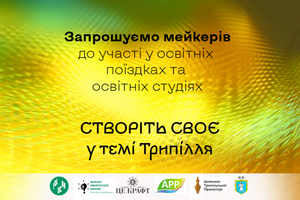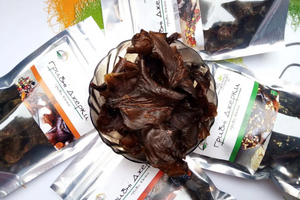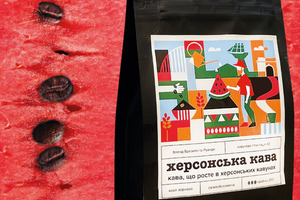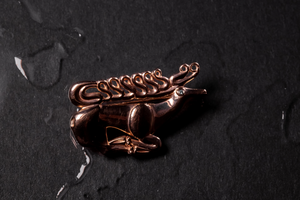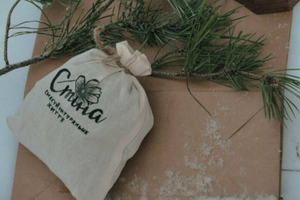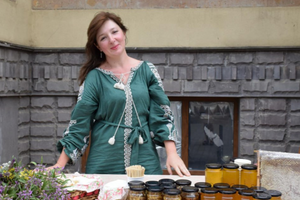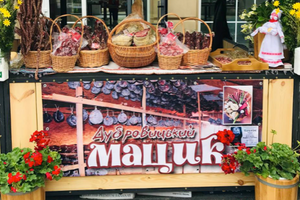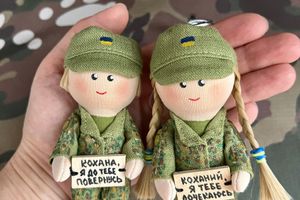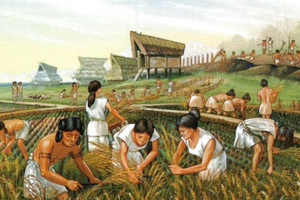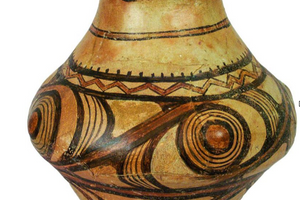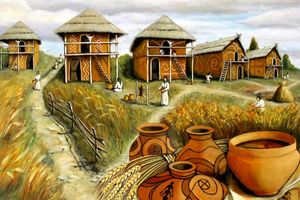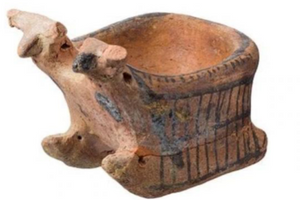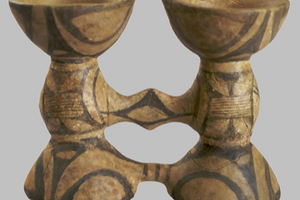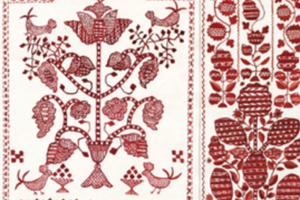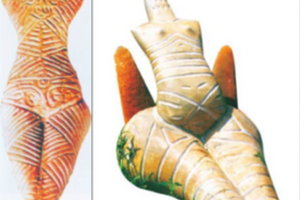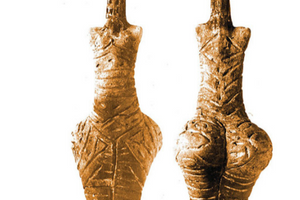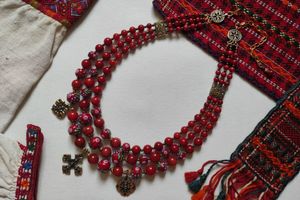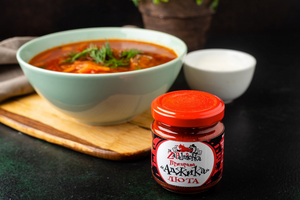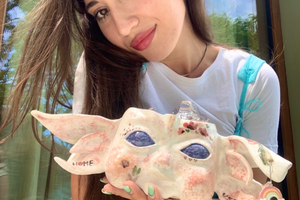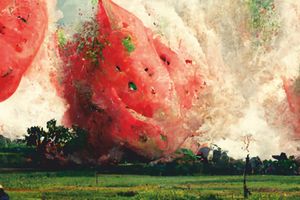Domestic animals
Livestock farming played an important role for Trypillians, was very developed and was carried out on the basis of a well-equipped fodder base. This allowed them to leave not only the main livestock of the herd, but also the growing young animals for the winter, which ensured the stability of the livestock economy. Probably, these tribes received already fully formed domestic animals, and did not engage in their domestication.
The basis of livestock production in Trypillian tribes is cattle, small cattle, and pigs, depending on the time of existence of a particular settlement and the natural environment surrounding it. Even within adjacent areas, there are several types of livestock production in the early and late stages of tribal existence. This obviously depends on the landscape around each settlement and the general situation on the farm.
Different breeds of domestic animals were bred in different settlements of the Trypillian culture. The first place belonged to cattleand the second place was occupied by pigs, sheep, goats. It is known that horses were used as transportation animals and for work in the field. To replenish meat food in this period, hunting for deer, wild pig and chamois.
Animal breeds and their purpose
As for the domestic bull breed, there is almost no continuity between the breeds in different stages of Trypillian settlements. It is possible that the breed from Vasylivka could have spread to western settlements such as Lysa Hora and Shchovb. However, the limited number of finds does not allow us to draw definitive conclusions on this issue. In the case of domestic sheep, there was also a diversity of breeds across settlements, although this diversity was less than that of cattle.
It is worth noting some peculiarities that relate to different types of animals. Domestic pigs show great stability of breed composition in most Trypillian settlements throughout the entire period of their existence. This indicates the presence of almost homogeneous groups of pigs in these settlements. Trypillians do not have specialized breeds of domestic dogs. It seems that animals of the same breed are bred everywhere.
Exchange between tribes
Regarding domestic horses, it can be assumed that there were already specialized breeds that were intended for riding, cargo transportation, or universal use as draft animals. It is likely that Trypillians received their horses and possibly even domestic cats from the Middle Stogian tribes, which indicates exchange and contacts between different population groups. At the last stage of the Trypillian culture, there is a significant diversity in animal husbandry. It seems that several tribes lived in this area, which hardly interacted with each other. This indicates the diversity and specificity of the economic organization during this period.
What they ate
Regarding milk consumption, materials from the Hrebenyukiv Yar settlement, a stage of the Early Trypillia, show that females dominated the herds. This indicates the development of the dairy industry. Thus, animals were used not only as a source of meat, but also milk as a raw material for various dairy products.
Pork was a fairly common food among Trypillians, as was beef. It is important to note that the Trypillians had a well-developed feed base for livestock. This was made possible by the fact that mostly adult animals were consumed. If there was not enough fodder for the winter, it would have been necessary to slaughter cattle in the fall, and younger animals would have prevailed. This indicates the presence of a well-developed forage base, which could be provided by developed agriculture and a sedentary lifestyle. Presumably, in the summer, animals gathered special fodder and mowed grass for hay. In addition to hay, other types of fodder were also harvested, but the details of their preparation still require additional research.
Skins and weaving
The Trypillians knew about the use of woolen products because they had sheep in their settlements and the number of sheep was significant. In addition, they also had goats, whose wool was also used for spinning. This indicates that Trypillians had the knowledge and skills to use wool for the production of textile materials.
Where were the cattle kept?
As for livestock keeping, there is no precise information about special premises. Probably, livestock was kept in buildings, since many Trypillian houses were two-story, and perhaps animals were kept on the ground floor and people lived on the second floor. However, this issue still requires a more detailed study and additional archaeological data.
The information was collected by the editor Svitlana Zabolotna
References:



























































